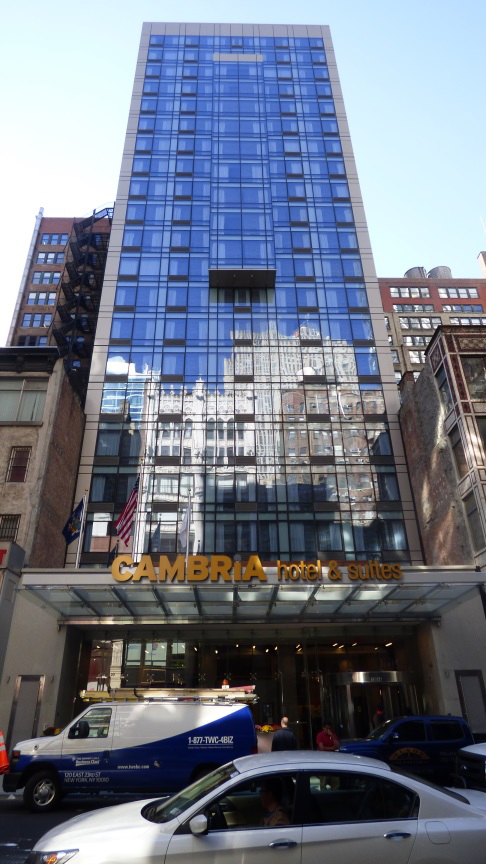News:
Green Buildings
Posted: October 28, 2013
Waste stream management: The new strategic supply chain
Customers are increasingly concerned with the environmental impact of products and services, leading companies to develop strategies that seek to reduce costs through minimizing all types of waste, and in combination with increased national and international regulation and legislation.
Waste is any activity which consumes resources or creates costs without producing any offsetting value stream, such as wasted resources: energy, water, materials, or wasted relationships: wasted customer time or defecting customer.
Clean design is an approach to product development which recognizes that the majority of life cycle costs are committed at the design stage.
The 4 R's of REdesign are: reduce, recover, recycle and remanufacture. Clean design takes into account life cycle costing and life cycle assessments prior to product development recommendations.
Municipal solid waste streams contain significant amounts of biological materials such as: paper, food wastes, scrap wood, yard wastes, etc. These waste streams are potential feedstocks for creating new products utilizing clean design.
Waste diverted from municipal waste streams become valuable materials from which redesigned products with productive life cycle costs and assessments are created.
Nadine Cino, LEED AP, is a regular contributor to the greater purpose of generating SustainAble action, and is chief executive officer and co-inventor of the Tyga-Box System, New York, N.Y.
Tags:
Green Buildings
MORE FROM Green Buildings
IREON Insights: DURA Architectural Signage manufactures and delivers over one million signs
Long Island City, NY Since its founding in 1955, IREON member DURA Architectural Signage has proudly manufactured and delivered more than one million signs to clients across a wide range of industries. From architectural interior signage to large-scale exterior installations, their work can be seen in corporate








.gif)

.gif)
.jpg)
.gif)